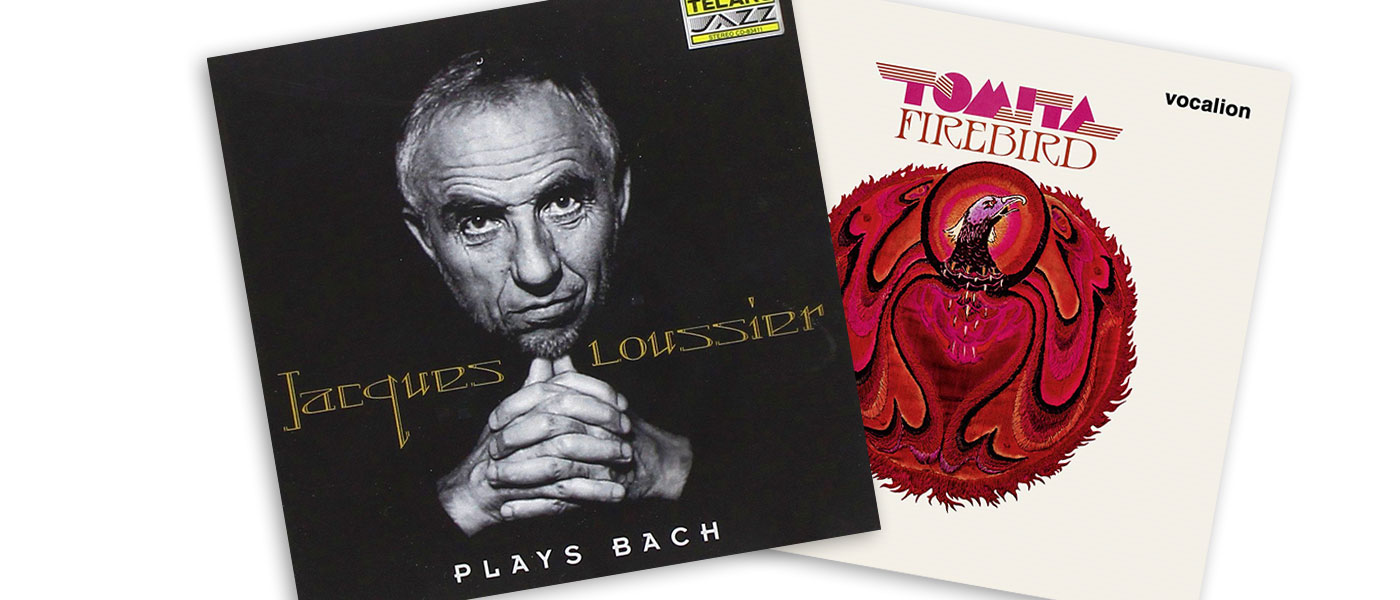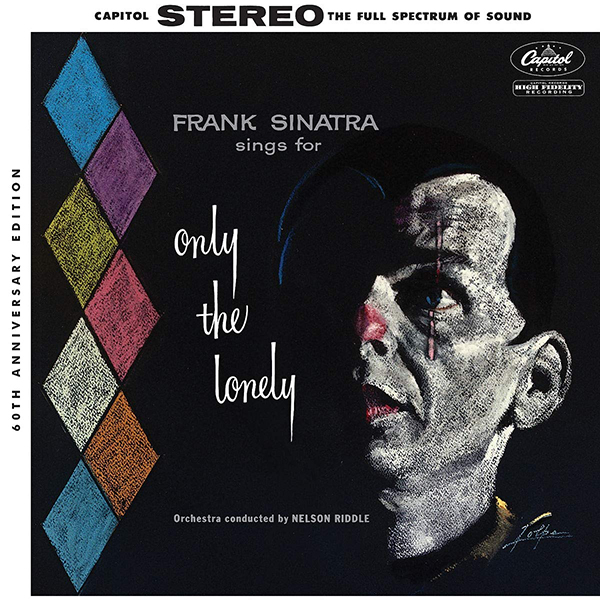
Frank Sinatra, Frank Sinatra Sings For Only the Lonely, 1958, Qobuz 24/48 stereo
Of all of the records, “Ol’ Blues Eyes” made, this one captures not only his remarkable voice in its prime but it also has a killer orchestra to back him up. In this re-mastered version, there is an immediacy and somber introspection that really gets to your heart. The recording has great dynamics and the overall sound has held up very well. This is stuff you can sit down and relax with after a long day at work. Dim the lights, turn up the volume and let Frank take you for a walk down the road of lost love and mournful regret. Feeling down never felt or sounded so well.
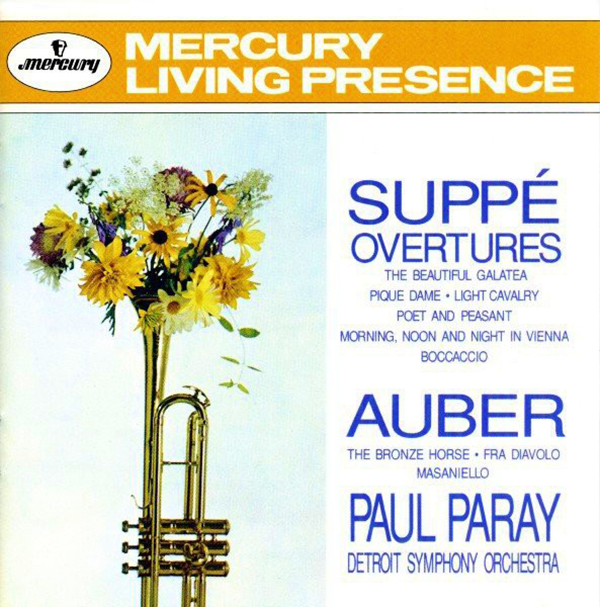
Suppe: Overtures, Paul Paray conducts the Detroit Symphony, 1959, Mercury Living Presence on Qobuz
There are plenty of classical gems from the late ’50s as well. This recording captures the DSO in top form and the music is very boisterous and…fun. Many of these overtures are ones that you heard growing up, but the recording is so fresh and dynamic, you will think it was recorded yesterday. Pique Dame, Light Cavalry, and Poet and Peasant overtures are well known by most your classical fans and the other tracks are just as fun as well. If you need a pick-me-up to get your day started, these tunes are excellently recorded (Wilma Cozart Fine was the engineer, I think) and there is not a dud in the bunch. I used these tracks to test the mettle of the last speakers I got to review, and this recording sounded amazing on them. Tallyho!
Music in the time of COVID, Randall Thompson
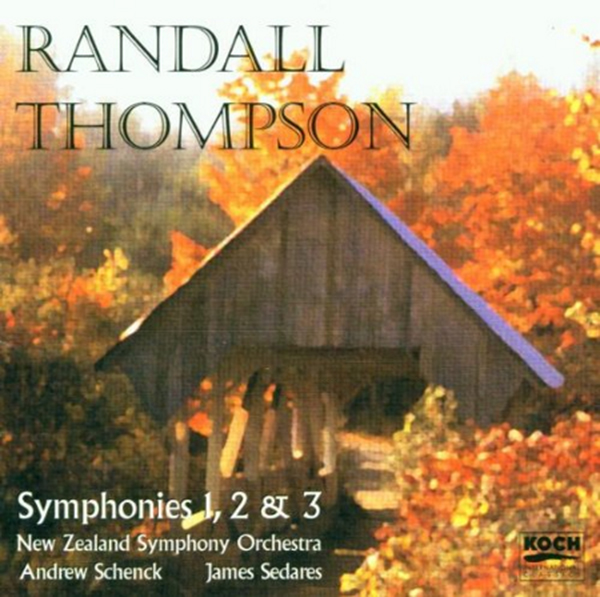
Symphonies 1, 2 & 3, James Sedares Symphony #1 /Andrew Schenck Conductor in the 2nd and 3rd symphonies, New Zealand Symphony Orchestra, Koch International Classics label now defunct, MP3 download Amazon or iTunes. Lossless streaming Qobuz.
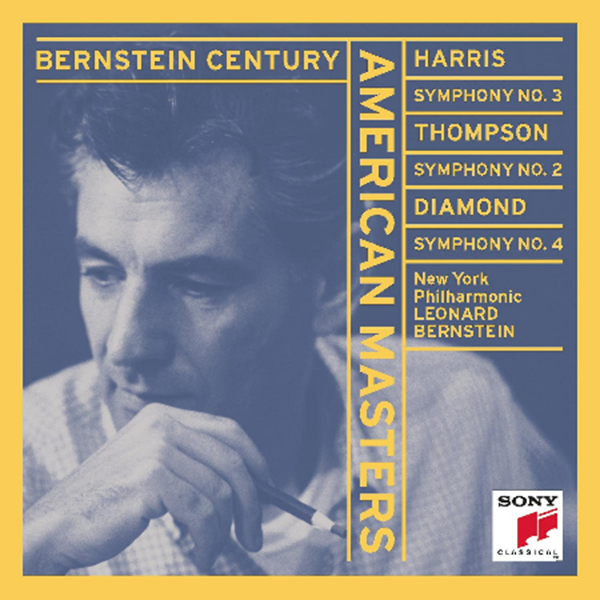
Symphony #2, Leonard Bernstein with the New York Philharmonic, Includes the Roy Harris 3rd symphony and David Diamond 4th symphony, Sony Classical, SNYC 60594
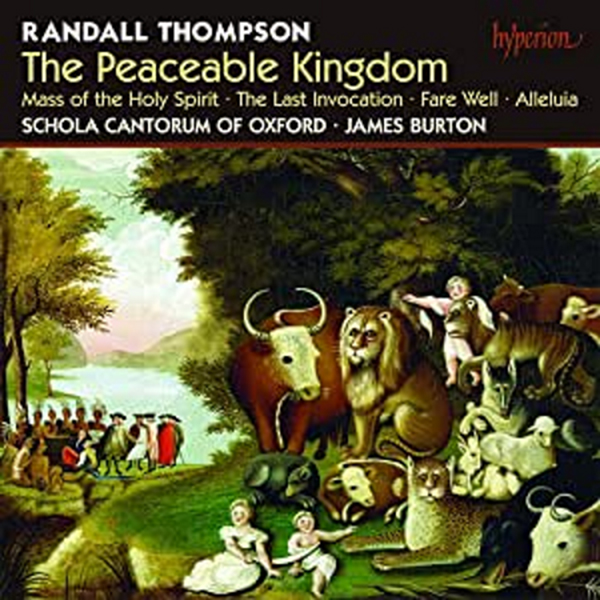
The Peaceable Kingdom, Alleluia and Mass of the Holy Spirit, Schola Cantorum of Oxford, James Burton conductor, Hyperion, CDA67679 Discontinued, and a fortune used with lossless downloads at Presto Music.
The name may be unfamiliar to you but almost no professional or amateur choir’s member has not sung Thompson’s music. Four complete books on his life and work exist with one coming in at 1060 pages. Most written in this decade. One book covers a single 6-minute work, Alleluia, given its remarkable origins and popularity. He began as a composer of orchestral and chamber music as well as works for voices. He had remarkable success with his 2nd symphony and most other orchestral works have been performed several times. Two book chapters on the American Symphony cover the Thompson symphonies yet his instrumental music is unheard live and most recordings have been discontinued.
In the series “Modern American Traditionalist Composers” Thompson appears in the 4th book “Nationalist and Populist composers: Voices of the American People” by Steve Schwartz. The book covers other composers who have suffered the same fate including Roy Harris, Morton Gould, and Virgil Thompson. After World War 2, the atonal composers took control of the musical establishment and basically put an embargo on performing new tonal works. Older 20th tonal works that had not made it to the standard repertoire went unplayed in the concert hall. The Schwartz text includes Copland and Bernstein to contrast the fare of the music they composed with the other composers he covers. Copland tried to go atonal, that music was rejected but his tonal music had become part of the American classical canon and could not be stamped out. The same could be said of the early music of Leonard Bernstein.
Secrets Sponsor
Thompson wrote three symphonies. They each have different personalities. The 2nd symphony of 1931 is not “music in the time of COVID” but a bright optimistic piece written during the Great Depression. The depression saw optimistic music coming from American populist composers. I am discussing it now to take in both sides of the symphonic works of Thompson. Think of it as music for when we get a working vaccine.
The piece caught fire and was performed 500 times before it was buried. It had a brief period of rediscovery in the 90s when so many American tonal composers got a second look driven by CD performances. The atonal composers had come, emptied the concert hall, and eventually were pushed back. The damage they did was permanent. Even before COVID, concert halls were emptying. A whole generation stayed away from the halls not wanting to pay for and attend a concert where they would be forced to listen to unapproachable music often played at fff to make the effect even harsher on the ears.
The 2nd symphony has four important stereo recordings. One, of the complete symphonies, disappeared when label Koch Classics became defunct more than a decade ago. Streaming sites do not offer discontinued recordings. Much to my surprise, you can find some Koch material available lossless on Qobuz. The classical search for that site is dreadful and to find anything you need ROON which I do not have but Carlo Lo Raso does. He found the discontinued CD set of all the Thompson symphonies. I have it listed at the top of this article. It is the only recording on CD of the 1st and 3rd symphonies. Prices for used copies are not that high. Two CD versions were released, one a single without symphony #1. Check the pricing of both in the used market. The recording can be acquired as an MP3 from Amazon or Apple.
The two main classical streaming sites have almost nothing of Thompson. Most of his works recorded on CDs, now discontinued, are missing and what we are left with are amateur choral productions. I have no understanding how Thompson, a composer so often performed, has almost disappeared for the listener.
Leonard Bernstein studied with Thompson at the Curtis Institute of Music. The first work he conducted was the Thompson Symphony #2 with the Tanglewood Institute Orchestra. His recording is the best of those released commercially although the Nemi Jarvi recording, only available as a FLAC download with the CD discontinued, is also sympatric. The last Bernstein performance was in 1968 in conjunction with the recording.
Tawa writes of the 2nd symphony “Its simplicity, forthright lyricism, and suggestions of popular music kept the work in the affection of the audiences …critics appreciated the symphony’s cheerful mood and melodic beauty” I do not like recommending that the listener excerpt a piece but the “largo second” movement provides comfort in this time of COVID stress.
Symphony #3 is a post-war symphony completed in 1949. Unfortunately, his work as a professor and administrator left him little time for composition. Carl and Elizabeth Schmidt authors of his biography show letter after letter of Thompson delaying release of the work year after year. Caroline Benser and David Urrows write in the Bio-Bibliography they published “Sketches on which it is based were written at the height of the conflict.” When it finally appeared, the atonal composers were in charge and it disappeared.
Thompson wrote one last orchestral work, A Trip to Nahant, Symphonic Fantasy, in 1954, it got two performances and no recording. He gave up and devoted the rest of his life to the composition of choral music. The Trio to Nahant can be found in a live performance on YouTube. It is a lively, upbeat work, like the 2nd symphony. The title of the biography by Carl and Elizabeth Schmidt reflects Thompson’s desire to write music to communicate to the listener and not the scholar “The Road Not Taken.”
I find the 3rd symphony is his best orchestral work. Musicologists who specialize in American music, Neil Butterworth and Nicholas Tawa agree with me. Butterworth writes, “Although not of such immediate appeal as the Second Symphony, the Third is a more individual work … Its neglect is greatly undeserved. Tawa writes the third “was one of the finest symphonies composed in the forties, in both its musical ideas and its overall design”.
David Urrows who was Thompson’s amanuenses, after he suffered a stroke, writes in his Bio-Bibliography with Caroline Benser “Thompson’s finest essay in purely instrumental form, with regard to emotional intensity and intellectual rigor”. Noel Straus, music critic of the New York Times wrote of the premier “Tragic in its implications, this music was at once markedly sincere, spontaneous, and moving”. To be honest some other scholars of Thompson are less enthusiastic about some aspects of the work.
This may be my favorite American symphony although others show greater examples of the craft of composition. Scholars keep lists of the Great American Symphony and what is on those lists and what strikes a listener as personally close will not always intersect.
Only one performance of the 3rd was recorded for commercial release. The first performance, which was broadcast, is on YouTube, in dreadful sound, as one would expect from a 1949 transcription disc. David Urrows, in a private email to me, pointed out the recording on the CD has a final bright chord not found in the score. He has no idea who did this, which significantly changes the mood Thompson wanted to establish at the end. The transcription disc verifies the chord is not in the score.
The first movement “Largo Elegiaco” has the foreboding of the coming of war. It has a dark, but lyric character and rarely raises its voice. The 2nd movement is the depiction of the war. The 3rd movement “Lento Tranquillo” is a work of elegiac beauty no doubt inspired by all that was lost in the war although Urrows and Benser point to something else.
The final movement, “Allegro Vivace”, is what puzzles some scholars, it sounds like a celebration of victory, but they find it too contrasting in the mood. That final, major chord, on the CD, adds to the misunderstanding. While much of the movement is light and triumphant, I find something ominous in it that is never fully resolved at the end. I hear tiny hints of what would become the Cold War. I have never found anything akin to my reaction to the movement in print. My reaction can only be understood if you take the last movement into the free editing software, Audacity, and clip the spurious chord.
Almost no critical analysis of the symphony existed before the CD was released in 1993. David Urrows, who worked so closely with Thompson, wrote in his 1991 book, the only source on the composer at that time, that in the 4th movement “Thompson created a texture of simplicity that belies the complex canonic devices employed.”
Finally, I have listed a CD which contains some of Thompson’s most well known sacred music including the Alleluia. Finding a recording of Thompson’s choral music with a professional chorus is hard. The Schola Cantorum of Oxford is one of the best. Great sound is a bonus, as expected from the Hyperion label. This recording is a must-have and it has been discontinued like so much else inexplicitly. Choral directors and chorus members who perform this music, which is all of them, want this recording and having been discontinued have cleaned out the shelves. It is in three figures for a recording released in 2008! Lucky for you, it is a lossless download available for purchase on Presto Music. Unlucky for you, the label Hyperion does not stream on any lossless site.
You’ll know Alleluia even if you never heard of Thompson. It is performed so often, not only by a chorus, but also in transcription. It is a work of 1940 during World War II. From the liner notes “The Lento marking underscores the thoughtful and resolute quality of the work; this is not a joyful alleluia but rather one more understated given the darker reality at the time”. It is a work to be heard during our dark reality.
The Peaceable Kingdom is one of Thompson’s most performed works, often in excerpts by amateur choirs. It is inspired by the painting on the cover of the CD. The voices of the Schola Cantorum make a strong case that the work holds up over its full 25 minutes as one of the great acapella works written by an American composer. The mass is one of the few Thompson works that is difficult for amateurs and is more often is done as sections in a live performance.
Secrets Sponsor
If you spend some time with Thompson I expect you will wonder why only those that sing his music have any idea how great of a composer he is. From Schwartz again “He may not be as great a composer as Stravinsky but he does not have to be. His music provides its own pleasures”.
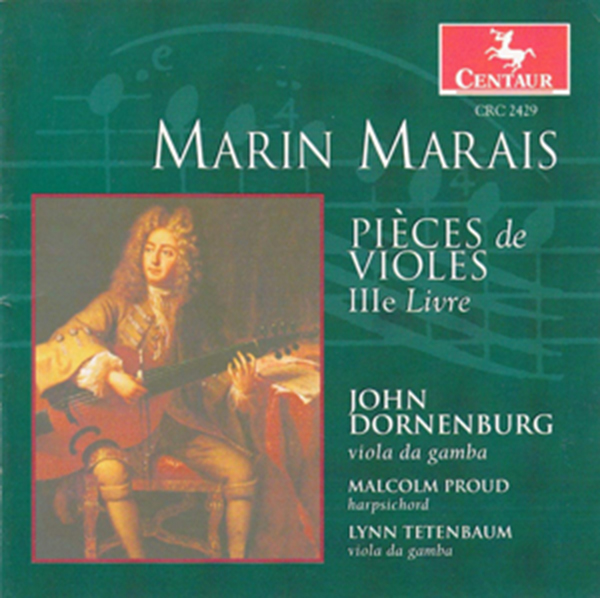
Marin Marais – Pièces de Violes Ille Livre by John Dornenburg (viola da gamba), Malcolm Proud (harpsichord), and Lynn Tetenbaum (viola da gamba), Centaur, 1999, CD.
This excellent Centaur disc (CRC-2429) is one of my all-time favorites. In particular, Jean-Henri D’Anglebert’s “Prelude in D Minor” harpsichord solo and François Couperin’s Passacaille in B Minor (another harpsichord solo) explode in my room as dynamic and as full-bodied as just about any instrument I’ve heard recorded. Perhaps there’s just synergy between my room and these harpsichord recordings, but they sound stunning.
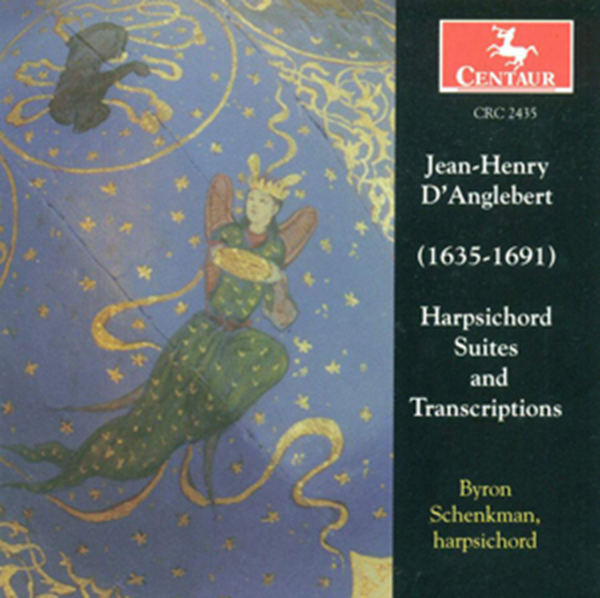
Jean Henri D’Anglebert: Harpsichord Suites and Transcriptions, Byron Schenkman (harpsichord), Centaur, 1999, CD.
And to continue the harpsichord theme, I also like Jean-Henry D’Anglebert “Harpsichord Suites and Transcriptions” by Mr. Byron Schenkman – again on Centaur label CRC-2435. This is another perennial favorite of mine, and there’s not a bad track on the CD. Every one sounds rich in tonal harmonics, and the instrument sounds like it’s in the room playing right in front of me.
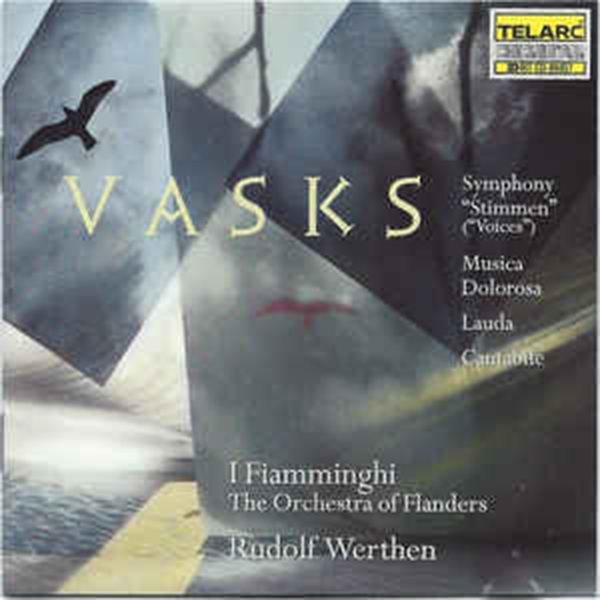
Vasks, I Fiamminghi / Rudolf Werthen – Symphony “Stimmen” (“Voices”) / Musica Dolorosa / Lauda / Cantabile, Telarc, 1997, CD.
Another disc that I like to visit from time to time is Telarc Digital’s CD-80457, “Vasks – Symphony ‘Stimmen’ (Voices). This one’s performed by I Fiamminghi, The Orchestra of Flanders, directed by Rudolf Werthen. Vasks’ music is an acquired taste, and obviously not for everybody, but when I’m in the right mood, it speaks to me.

Gogol Bordello, East Infection!, Rubric Records, 2005, CD.
And finally, another oldie but a goodie – Gogol Bordello – East Infection! Again, probably an acquired taste for many, the vocals of Eugene Hutz, Sergey Ryabtzev, Yuri Lemshev, and Oren Kaplan are startling and vivid. My favorite cuts from this disc are “Avenue B,” and “Strange Uncles from Abroad.” But the first of these is worth the price of the disc by itself. I find it one that I play for visitors to show off the vividness of the vocals on my system.
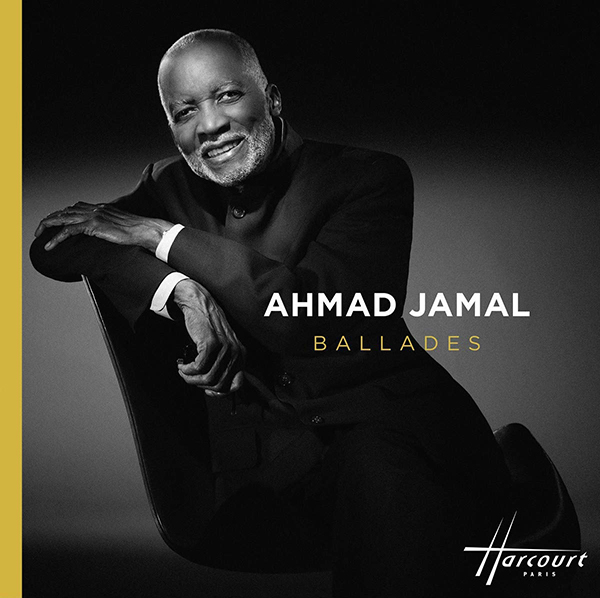
Ahmad Jamal, Ballades, Jazz Village, 2019, 24/96 via Qobuz.
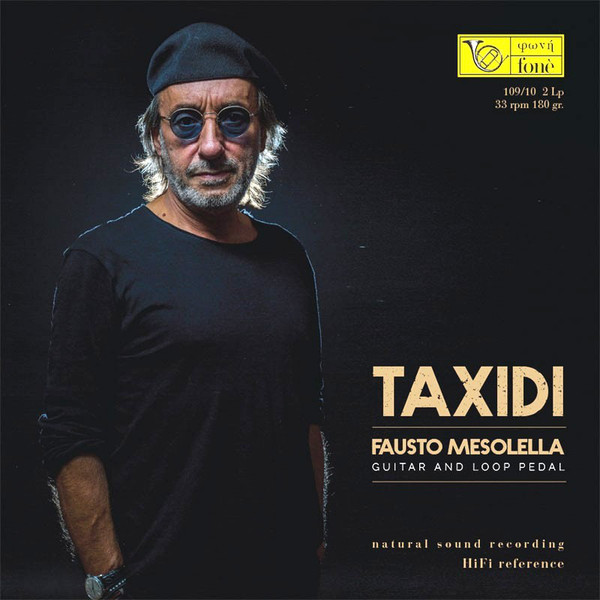
Fausto Mesolella, Taxidi (Guitar and Loop Pedal), Fonè Records, 2017, Stereo DSD64.
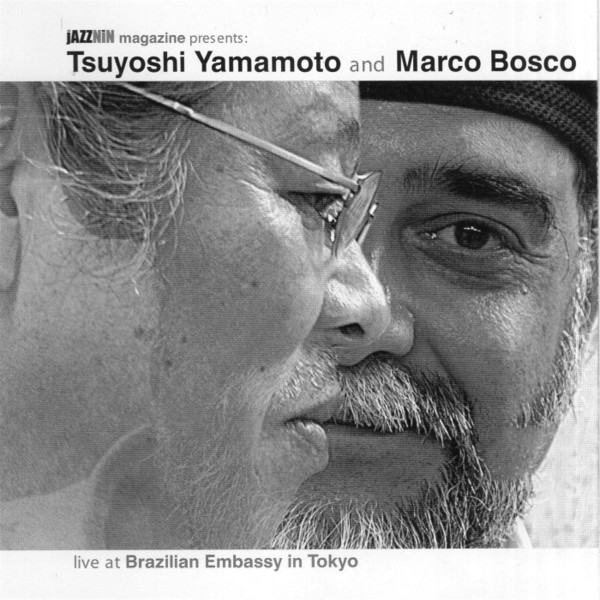
Tsuyoshi Yamamoto & Marco Bosco, Live at Brazilian Embassy in Tokyo, Koala Records, 2005, 16/44 via Qobuz.
This month I find that I’ve been gravitating more towards instrumental music while drawing, painting, or sculpting in my studio. The above three albums have seen the most playback in the rotation thus far. Especially during these times where there seems to be so much to worry about in our regular day-to-day. I have found these three albums, in particular, to be a much needed soothing respite to the mind and have allowed me to get fully engaged in my creative pursuits. I could go into detail on each of these recordings and wax poetic on how they wonderful they sound or how enveloping they are, but instead, I simply suggest you seek them out when you have a moment and give them a listen. Close your eyes and let them carry you away on their own merits. Enjoy.


